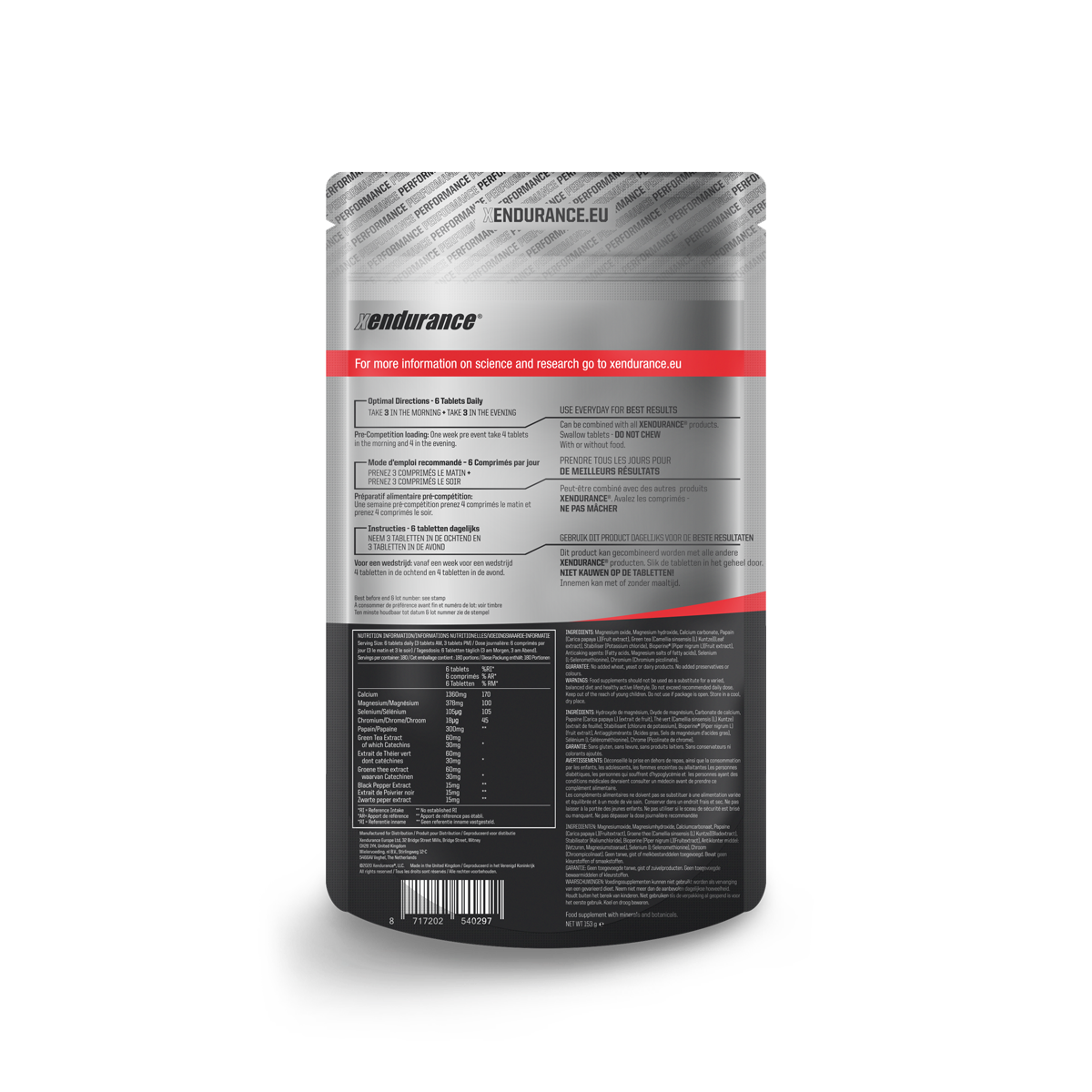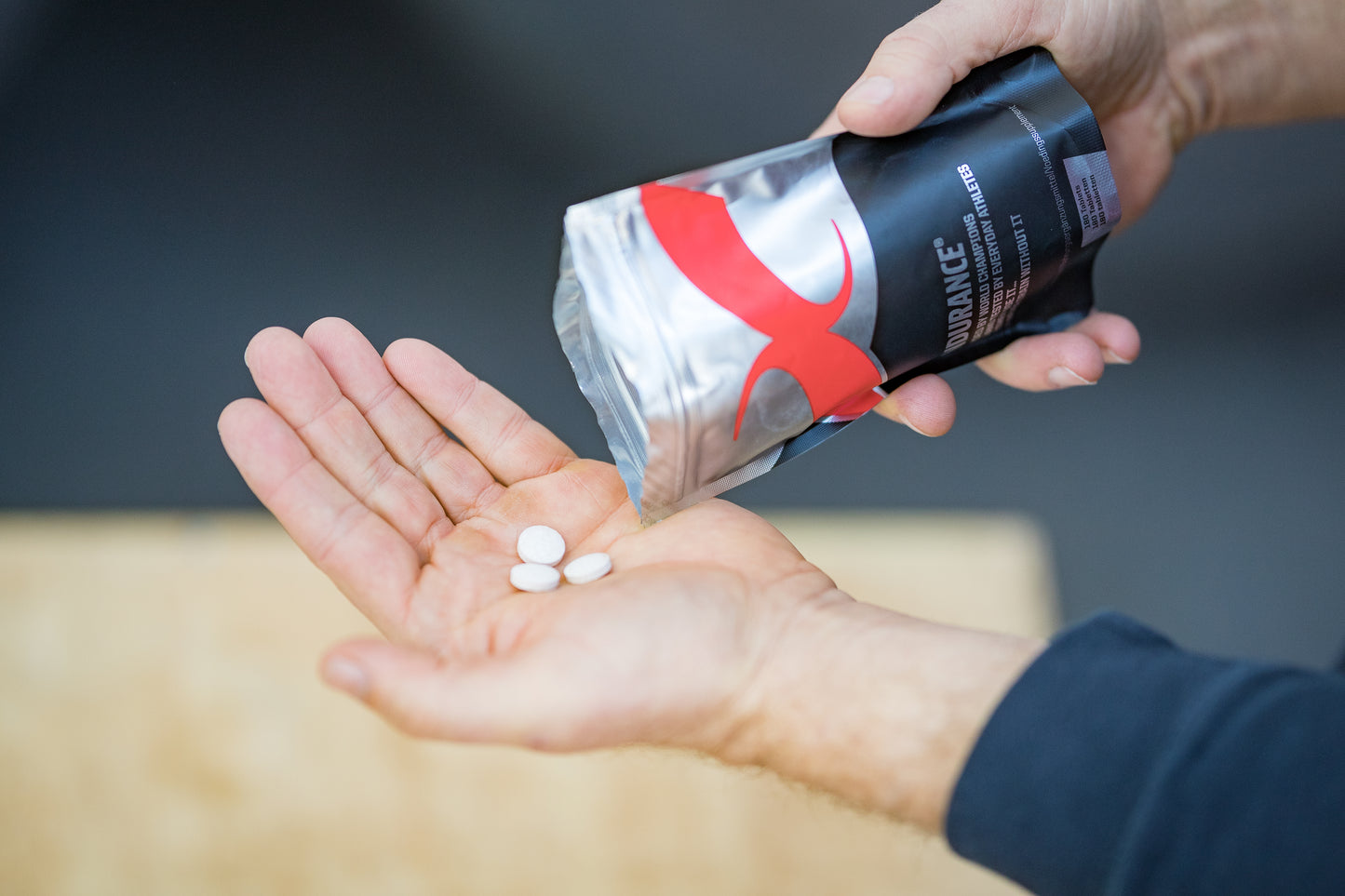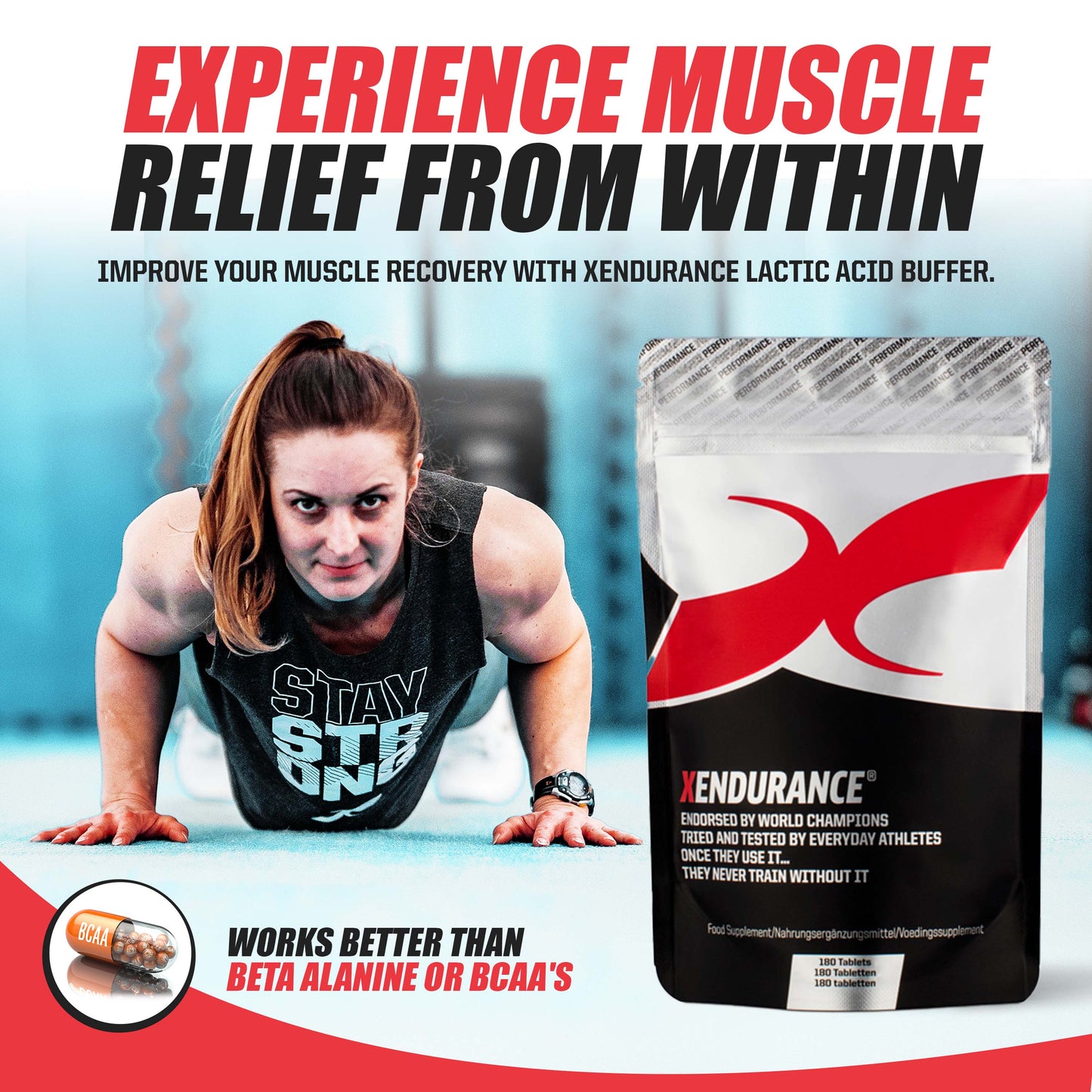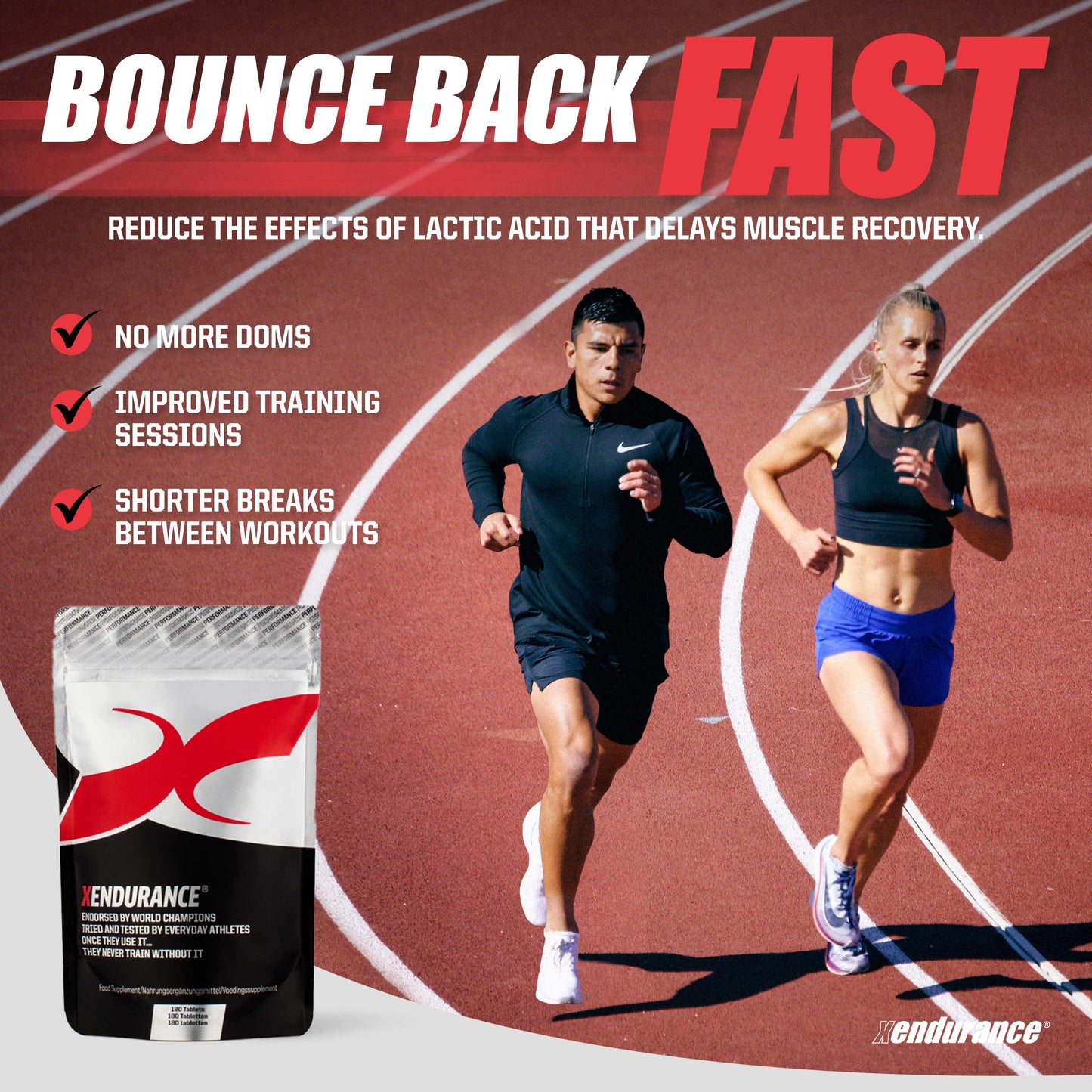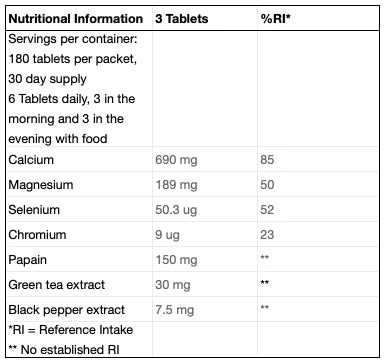One of triathlon’s minor virtues is that races are rarely cancelled due to rain. F1 and cricket have their rain delays and cancellations, but a downpour won’t stop triathletes from pushing on. Sure, some races get delayed and some have to be cancelled or altered due to lightning or high winds, but if you’re going to be a triathlete you’re eventually going to ride through a soak-you-to-the-bone bike leg. Yet rain doesn’t have to spoil a beautiful day if you know how to ride fast and stay safe.
Besides, heat is an endurance athlete’s greatest enemy, and the harder you work the more heat your body produces. Rain can help keep you cool. This means it will be easier for you to stay on top of your hydration, and better hydration means you’ll stay stronger longer through the bike leg and have more energy for the run.
Of course, the same rain that keeps you from overheating can also cause your body temperature to drop too much, and hypothermia is not out of the question even in the summer. Sudden rainstorms can drop air temperatures 20 degrees in less than an hour and the rain itself can be cold. This is especially true if you’re racing at altitude in events. If rain is threatening, leave T1 with a rain jacket. If the rain is warm and you don’t use it, no harm done. But if the temperature drops significantly and you can’t stay warm through exertion alone, then get that jacket on quickly.
Staying safe
Staying warm is part of staying safe when you’re riding in the rain. As you get cold you lose focus, or you focus more on being cold than on controlling your bike. Either way, you’re not concentrating on going fast or keeping the rubber side down. But if you can ride safely and manage your core temperature, you can have a great race in the rain. Here’s what you really need to remember about staying upright on wet roads:
- Avoid road paint, grates and manhole covers. Wet steel and paint are among the slipperiest materials you’ll encounter on wet roads. Ironically, a lot of athletes will ride on top of white lane lines because they’re sometimes smoother than the road surface, but they’re slick when you go to turn. Also watch out for painted crosswalks, directional arrows in intersections and railroad crossings.
- Brake early and in a straight line. Some brake/wheel combinations work better in rain than others, but none work as well as when they’re dry. It will take longer than usual to slow down, and you want the vast majority of your braking done before initiating a turn, so think ahead. Grabbing a handful of brakes in the middle of a wet corner is likely to be the start of a wild ride.
- Test your equipment in training. Too many triathletes never think to take their race gear out for a rainy-day test ride to prepare themselves for the possibility of rainy races. Get out there with the carbon wheels and your full race setup and make sure you know how your bike’s going to handle.
- Keep the bike more upright through corners. All right, so you have the right brake pads and you’ve controlled your speed and avoided the painted crosswalk; now you have to turn. Since your tires have less traction on wet pavement, you can’t lean your bike into corners the way you can when the weather is dry. Instead, keep the bike more upright, focus your eyes on where you want to exit the turn, put your outside pedal down and plant your weight on it. Maintain light and steady pressure on both brakes if you need to, and be patient. A lot of crashes occur when a person gets overzealous about accelerating out of a corner. They shift their weight and jump on the pedals just after the apex of the turn, and it’s enough to break what little traction they had. Get through the corner and then start accelerating.
- Apply a hydrophobic coating to your glasses. I doubt sunglass manufacturers will approve of this tip, but rain repellents can help water bead and clear off your glasses quickly. It’s a lot easier to ride confidently in the rain when you can see where you’re going.
A lot of athletes associate rain with misery and automatically assume their performance is going to suffer when the skies open up. In truth, as long as you can manage your core temperature you can perform just as well in the rain. Learn to be comfortable and confident riding in wet conditions, and all your competitors will see is the spray coming off your rear wheel.




